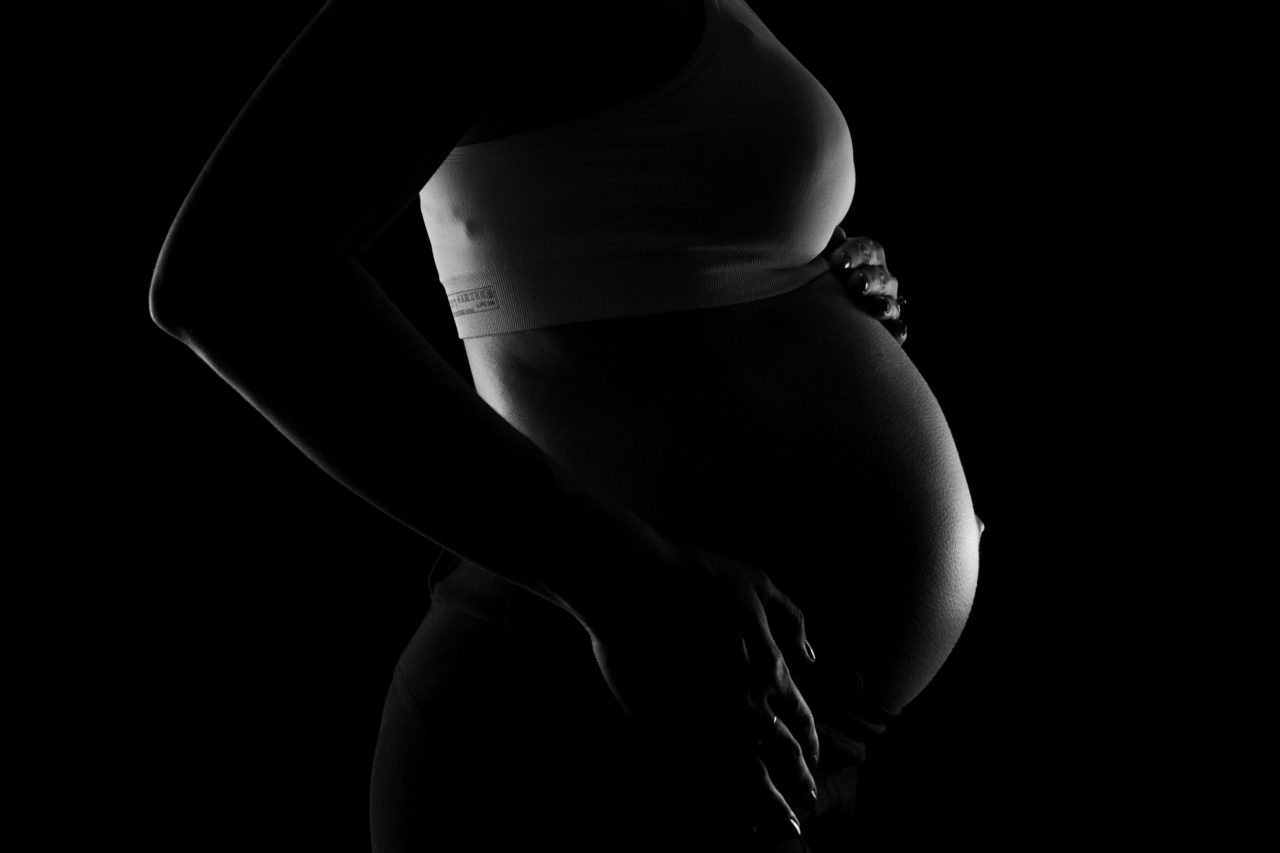Pregnancy brings about numerous changes in a woman’s body, and one of the most obvious and significant changes occurs in the breasts.
These changes are primarily due to hormonal fluctuations and are essential in preparing the breasts for lactation and breastfeeding.
1. Increased Size
One of the first breast changes many women notice during pregnancy is an increase in size. Hormonal changes cause the milk ducts, lobules, and alveoli to expand, leading to larger and fuller breasts.
This increase in size is essential to accommodate the growth and development of mammary glands in preparation for producing milk.
2. Tenderness and Sensitivity
Many expectant mothers experience breast tenderness and heightened sensitivity as an early sign of pregnancy. The breasts can feel achy or sore to the touch, similar to the sensation experienced before menstruation.
This discomfort is due to the increase in hormone levels, particularly estrogen and progesterone.
3. Darkened Areolas
During pregnancy, the areolas—the darker area around the nipples—tend to darken and become larger. This change is also hormonally driven and serves as a cue for the baby to find the nipple easily once born.
Some women may also notice small bumps or glands on the areolas, known as Montgomery’s tubercles, which secrete a lubricating substance.
4. Vein Visibility
As blood flow increases to the breasts, the veins within them may become more prominent. This can result in a network of blue or purple veins appearing on the surface of the breasts.
Although this change may be more noticeable in fair-skinned women, it can occur in women of all skin tones.
5. Increased Pigmentation
Alongside the darkening of the areolas, some women may also experience increased pigmentation on the breasts. This is known as melasma or the “mask of pregnancy” and usually fades after giving birth.
It is advisable to avoid excessive sun exposure during this time to minimize the darkening of the skin.
6. Growth of Montgomery’s Tubercles
Besides darkening, women might notice small bumps or raised bumps around the areolas known as Montgomery’s tubercles. These glands secrete oils to keep the nipples lubricated and protected during pregnancy and breastfeeding.
If the Montgomery’s tubercles become red, swollen, or painful, it is important to consult a healthcare professional.
7. Increased Nipple Size
In preparation for breastfeeding, the nipples usually become larger and more pronounced during pregnancy. The increased size aids in the baby’s ability to latch onto the nipple correctly and ensures efficient milk transfer.
Some women may also notice tiny bumps on the nipples, known as Montgomery’s tubercles, which aid in lubrication.
8. Colostrum Production
During the second trimester, many women start to experience leakage or secretion from their breasts. This fluid is known as colostrum and serves as the first milk after childbirth.
Colostrum is highly nutritious and contains essential antibodies that help protect the newborn against infections.
9. Stretch Marks
As the breasts grow and expand, the stretching of the skin can lead to the development of stretch marks. These pink or purplish streaks can appear on the breasts or anywhere else where the skin is stretching rapidly.
While stretch marks cannot be completely avoided, keeping the skin well-hydrated with creams or oils may help minimize their severity.
10. Enhanced Blood Flow and Sensation
Increased blood flow to the breasts can result in a heightened sensation and tingling or throbbing feelings. This enhanced blood circulation ensures an adequate supply of nutrients and oxygen to the breasts.
Women may also experience warmth or a pulsating sensation in their breasts, particularly in the early stages of pregnancy.































